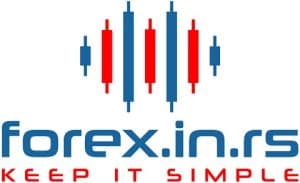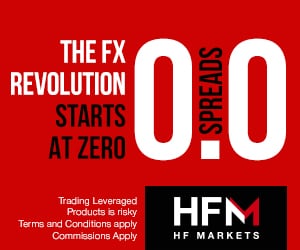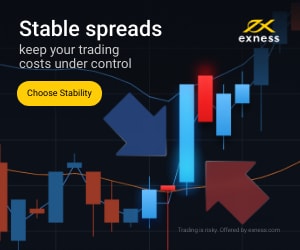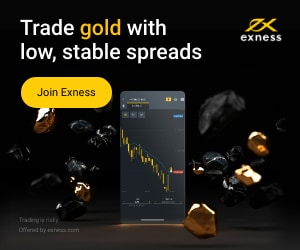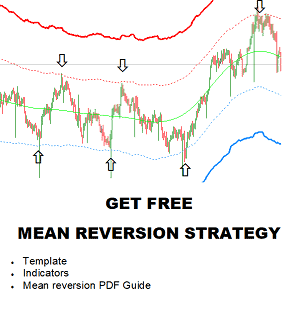Table of Contents
In this video and strategy description, you can introduce Vince, a serial entrepreneur and a futures trader who received a large payout of over $1,000,000.
Here’s an in-depth description of Vince’s trading strategy, which focuses on using levels and specific statistical probabilities to guide daily trades efficiently.
You can get $100 000 funded account to start prop trading journey today!
Please watch whole video from titans of tomorrow podcast:
Overview
Vince’s trading style is centered on support and resistance levels, leveraging tools like Fibonacci, previous day’s value area, initial balance, and the opening range. He uses two primary trading setups:
- Previous Day’s Value Area Play
- Initial Balance (IB) Play
These strategies are designed to exploit high-probability price behaviors, allowing Vince to trade efficiently while managing other businesses.

Strategy 1: Previous Day’s Value Area Play
Key Concepts:
- Value Area: Represents the price range where 70% of the trading volume occurred during the previous day. It is marked as a block on the chart.
- Volume Perspective: Helps identify areas of significant price activity where traders are likely to react.
Setup:
- Marking the Value Area
- Each evening, Vince identifies the previous day’s value area based on trading volume.
- He plots the value area as a block on the chart.
- Entry Conditions
- Opening Outside Value Area: If the market opens outside the value area and moves into it, this triggers a setup.
- Wait for a candle to establish within the value area on a 5-minute chart.
- The 80% Rule
- If the price enters the value area, there is an 80% probability it will fill the entire area.
- Downward Entry: If price moves into value from above, it’s expected to fill down to the bottom of the block.
- Upward Entry: If price moves into value from below, it’s expected to fill up to the top.
- If the price enters the value area, there is an 80% probability it will fill the entire area.
- Avoiding Chop Days
- If the market opens inside the value area, it’s typically a “chop day,” which Vince avoids.
Profit Target and Stop Loss:
- Profit target is set at the opposite end of the value area.
- Stop loss is placed outside the area to limit risk.
Advantages:
- Works well on days with large value areas, as they offer more room for price movement.
- Avoids trading on days with small value areas, which are less profitable.
Strategy 2: Initial Balance (IB) Play
Key Concepts:
- Initial Balance: The price range established during the first hour of trading.
- IB High and Low: Marked as lines on the chart to define the range.
Setup:
- Marking IB High and Low
- After the first hour, Vince identifies and plots the IB high and low.
- Entry Conditions
- Rejection on First Test: If the price tests either the IB high or IB low for the first time, it is expected to reject that level.
- Entry is made at the test point.
- The 90% Rule
- There is a 90% probability that the price will reject the IB high or low on the first test.
- Tap-and-Go Setup
- After rejecting the IB level, the price often moves back toward other significant zones, such as the previous day’s value area.
Profit Target and Stop Loss:
- Profit target can be the opposite side of the IB range or a previously identified value area.
- Stop loss is placed just outside the tested IB level.
Advantages:
- High probability of success on the first test.
- Provides a clear structure for defining entries and exits.
Tools and Indicators
- NinjaTrader Platform: Vince uses NinjaTrader for charting and executing trades.
- Trade Devils Indicator: Automatically plots the IB and provides statistical insights on the effectiveness of the strategy.
Key Insights and Adjustments
- Larger value areas on trending days provide the most profitable setups.
- The combination of the value area and IB play allows flexibility and multiple opportunities to profit within the same day.
- Using statistical tools to track performance over weeks enhances confidence and precision.
To determine choppy price action based on Vince’s trading description, the focus is on identifying market conditions where price movement lacks direction, making it less predictable and harder to trade profitably. Vince uses the previous day’s value area and market context as his primary tools for identifying choppy conditions.
Key Steps to Determine Choppy Price Action:
1. Opening Inside the Previous Day’s Value Area
- What to Look For:
- After marking the value area (where 70% of the previous day’s trading volume occurred), Vince observes where the market opens relative to this range.
- If the price opens inside the value area, it is a signal that the market may lack clear direction.
- Why It Indicates Choppiness:
- Opening inside the value area suggests that the market is balanced, with no strong bullish or bearish momentum.
- Price is likely to oscillate within the value area boundaries without establishing a clear trend.
2. Small or Narrow Value Area
- What to Look For:
- Narrow value areas occur when the trading range and volume concentration are small on the previous day.
- This typically indicates lower volatility and indecisive price action.
- Why It Indicates Choppiness:
- A tight value area means limited room for price movement, increasing the likelihood of false breakouts or frequent reversals.
3. Lack of Follow-Through on Breakouts
- What to Look For:
- Observe how price behaves when it moves toward the edges of the value area or the initial balance (IB).
- If price repeatedly tests these levels without breaking out decisively, it’s a sign of choppy conditions.
- Why It Indicates Choppiness:
- A market that cannot sustain moves beyond key levels is often stuck in a range-bound or indecisive state.
4. Initial Balance Context
- What to Look For:
- After the first hour of trading (initial balance), Vince marks the IB high and low.
- If price remains within this range without testing or rejecting the IB levels decisively, it suggests a choppy day.
- Why It Indicates Choppiness:
- When the initial balance contains all the price action, it reflects a lack of participation or conviction from traders, leading to range-bound behavior.
5. Lack of Alignment with Value Area Plays
- What to Look For:
- Vince prefers setups where price opens outside the value area and moves into it, activating the high-probability value area play (80% rule).
- If the price opens inside the value area and remains there without a clear directional push, it suggests a choppy day.
- Why It Indicates Choppiness:
- When price action lacks a decisive move into or out of value, it reflects a balance between buyers and sellers, leading to a stagnant market.
Practical Example
- Choppy Scenario:
- The previous day’s value area is narrow, indicating low volatility.
- The market opens inside this value area and oscillates without testing the boundaries meaningfully.
- Non-Choppy Scenario:
- The market opens outside the value area, moves decisively into it, and begins filling the value area with strong momentum.
Key Indicators of Choppy Price Action
- Opening Inside Value Area: Sign of indecision.
- Tight Value Area: Indicates limited volatility.
- Repeated Tests Without Breakouts: Suggests range-bound behavior.
- Failure to Activate Value Area or IB Plays: Shows lack of directional conviction.
By recognizing these signs, traders like Vince can avoid choppy markets and focus on days with clearer setups and higher-probability opportunities.
Conclusion
Vince’s strategy is built on simplicity, focusing on high-probability setups supported by statistical data. By prioritizing efficiency and well-defined levels, he ensures consistent trading success while balancing other commitments.
